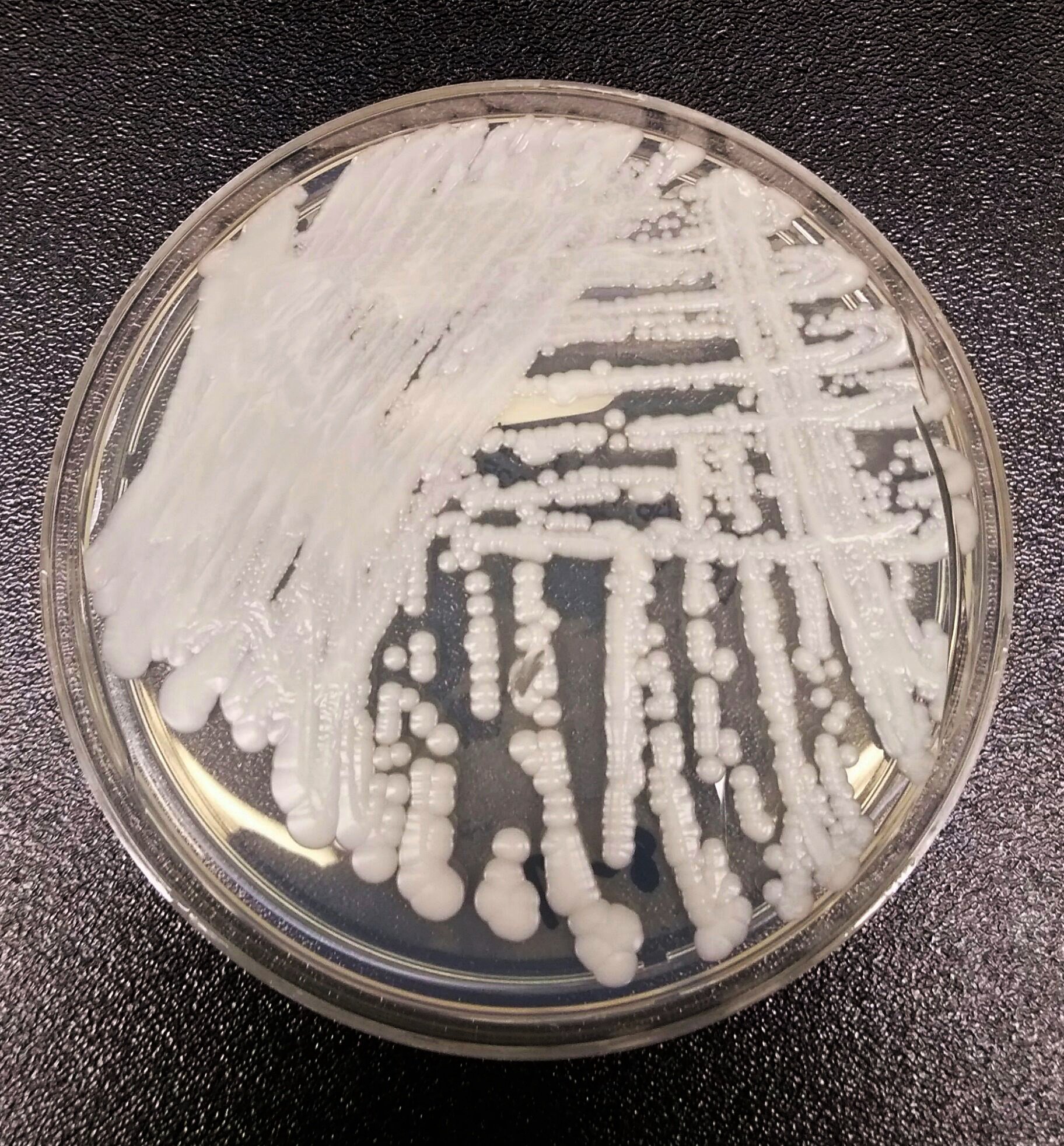C. auris outbreak spreads in 9 California health facilities after single introduction

WASHINGTON — A single introduction of Candida auris at a health care facility in southern California led to more than 180 colonized patients in nine facilities — an outbreak likely driven by interfacility transfers of patients before their colonization status was known, a researcher said here.
An investigation at the three long-term acute care hospitals (LTACHs) and six skilled nursing facilities with ventilator units (VSNFs) uncovered gaps in infection prevention practices at each facility, also likely contributing to transmission, Ellora Karmarkar, MD, MSc, a CDC Epidemic Intelligence Officer working with California Health and Human Services Agency, told Infectious Disease News.
Karmarkar said 181 patients have been identified as of Oct. 3, including at least five who developed candidemia. Thirty-six patients have died, though none of the deaths have been reported as directly attributable to C. auris, she said. There is ongoing transmission at two of the facilities.
C. auris has emerged in recent years as an important cause of hospital outbreaks around the world. As of July, most U.S. states had not reported a case of the invasive and often multidrug-resistant fungal pathogen, which can survive for an extended period on wet and dry hospital surfaces. Several states, including New York, have reported hundreds of cases.

Karmarkar said the epidemiology of the California outbreak and other U.S. cases suggests that LTACHs and VSNFs should be targeted in prevention efforts.
According to the CDC, C. auris is more difficult to identify in conventional laboratories than other Candida species, and infections are often misdiagnosed, making it difficult to control. Investigators discovered the California outbreak after an LTACH-affiliated lab, which had been testing urine specimens for Candida species, identified a colonized patient from an LTACH in Orange County — the first known C. auris case in southern California. Karmarkar said around 20% of positive clinical cultures for C. auris come from urine.
After the first case was identified in February of this year, Karmarkar and colleagues collected axilla and groin swabs in a point prevalence survey that identified four more colonized patients at the same facility. They expanded the testing to four facilities that received patients from the initial LTACH, leading to a larger investigation.
Most patients were from two facilities — one LTACH and one VSNF. Whole genome sequencing of 48 C. auris isolates showed they were all related, indicating a single introduction, according to Karmarkar and colleagues.
The investigators evaluated infection prevention measures at each facility with C. auris transmission and found that five of nine had hand hygiene adherence below 50%. At two facilities, less than 60% of high-touch surfaces that were tested were clean. Three facilities had limited access to alcohol-based hand rubs.
“This investigation suggests that high-risk facilities for C. auris — specifically, long-term acute care hospitals and ventilator-equipped skilled nursing facilities — should consider enhanced surveillance for C. auris to enable early identification and implementation of control measures,” Karmarkar said. – by Gerard Gallagher
Reference:
CDC. General information about Candida auris. https://www.cdc.gov/fungal/candida-auris/candida-auris-qanda.html. Accessed October 5, 2019.
CDC. Tracking Candida auris. https://www.cdc.gov/fungal/candida-auris/tracking-c-auris.html. Accessed October 5, 2019.
Karmarkar E, et al. Abstract LB1. Presented at: IDWeek; Oct. 2-6, 2019; Washington.
Disclosure: Karmarkar reports no relevant financial disclosures.


